"*" indicates required fields
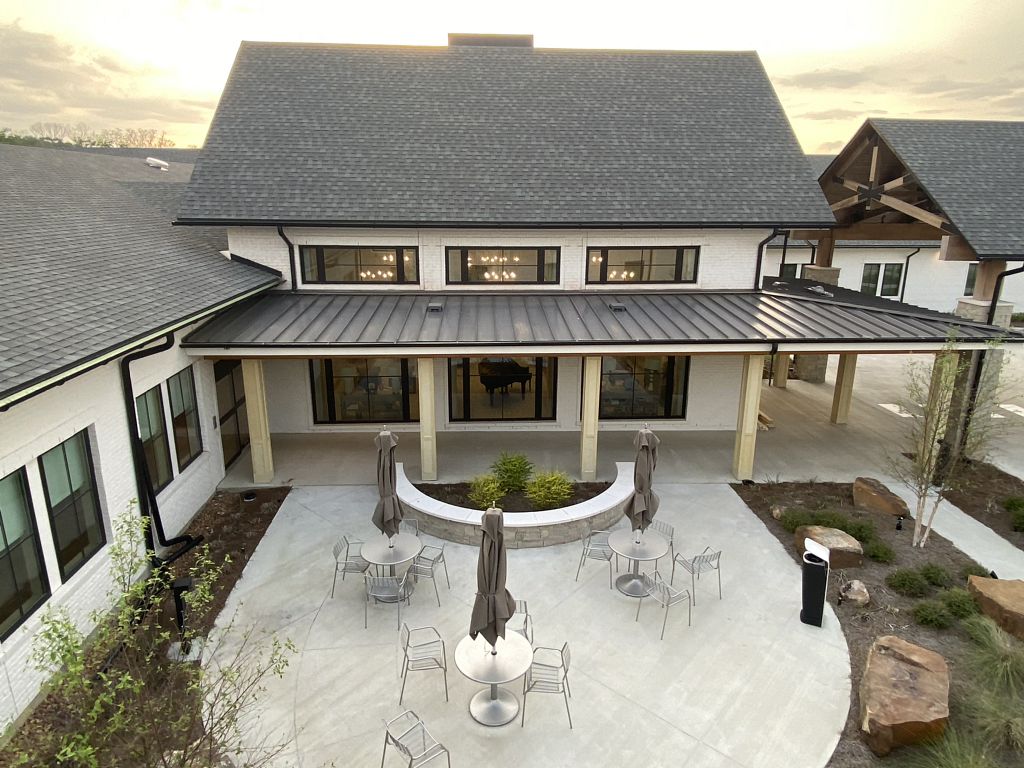
With our extensive knowledge, we’ll walk you through your options and help you select a roofing system that meets or exceeds your expectations with quality and budget.
Expert roof inspections by trusted roofing professionals. From storm damage to routine checkups, we deliver detailed assessments that keep your business safe. Request your free inspection today.
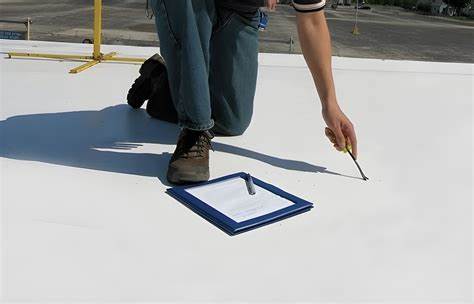
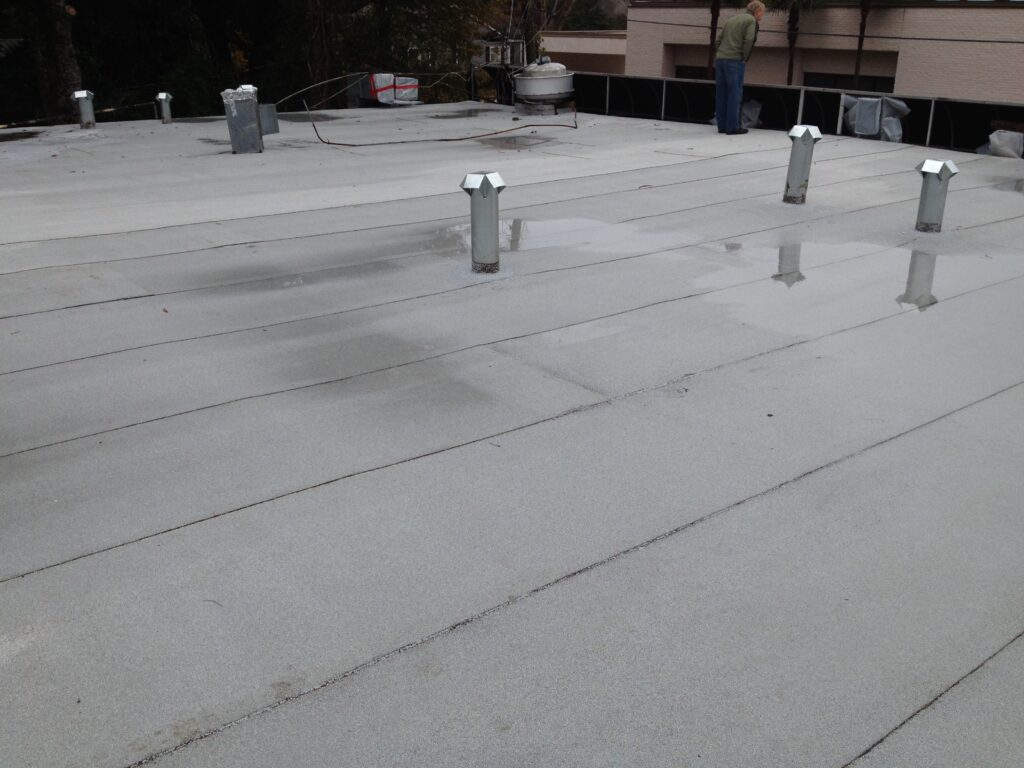
Looking for a a trusted roof repair specialist for your business? Premier South has been partnering with local businesses for over 15 years. Connect with a commercial roof repair partner today.
Partner with Louisiana’s trusted commercial roofing experts for your next construction project. Our experienced team works seamlessly with contractors and developers to deliver superior roofing systems that protect your investment. From timeline planning to final inspection, we ensure quality at every phase.
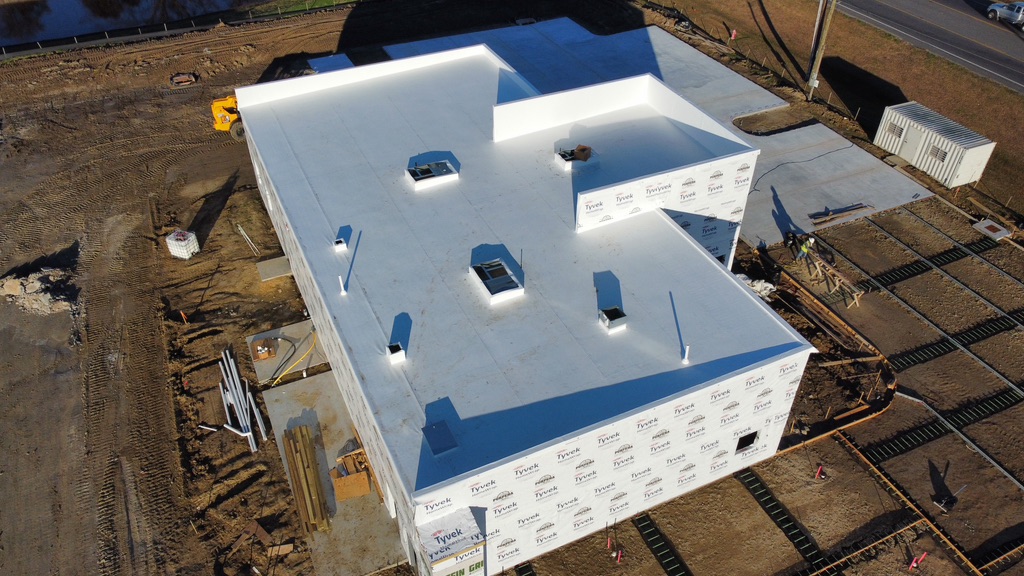
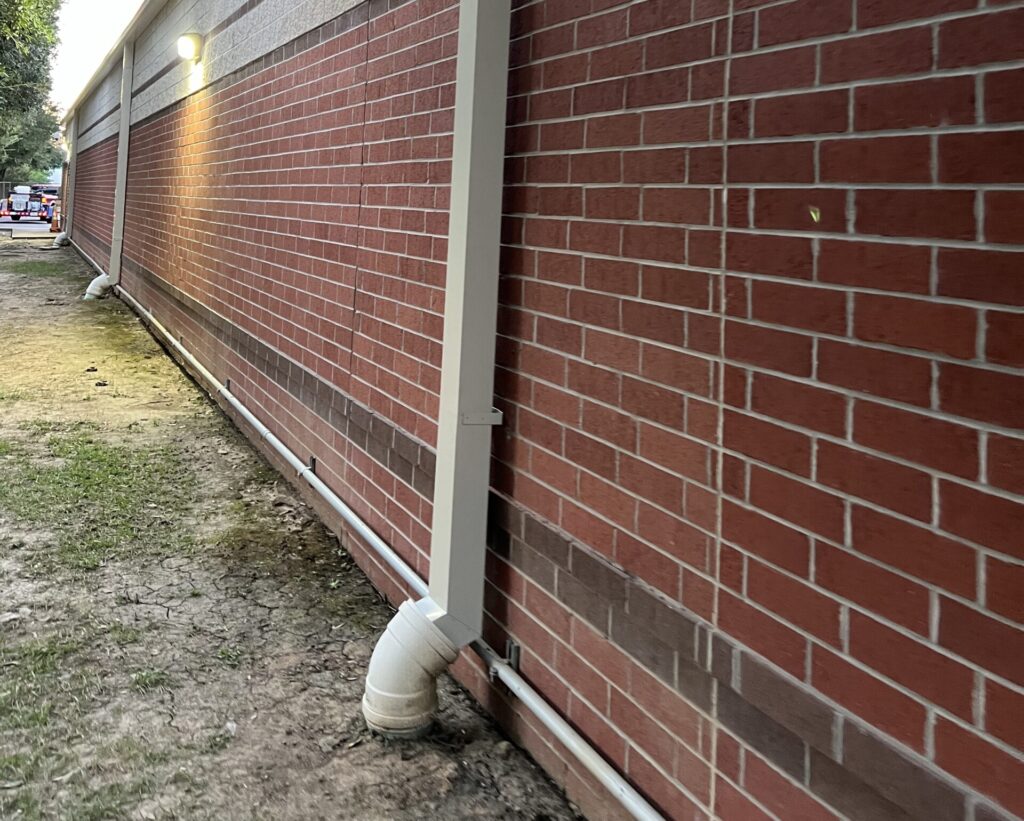
Commercial style gutters are a vital component of any commercial building. Their larger size, durable materials, and ability to handle significant water runoff make them ideal for protecting your property and preserving its structural integrity.
Metal roofs are built to last and endure higher winds, providing your office with the perfect look. With our on-site metal fabrication, we can customize your metal roof to your unique business’ needs.
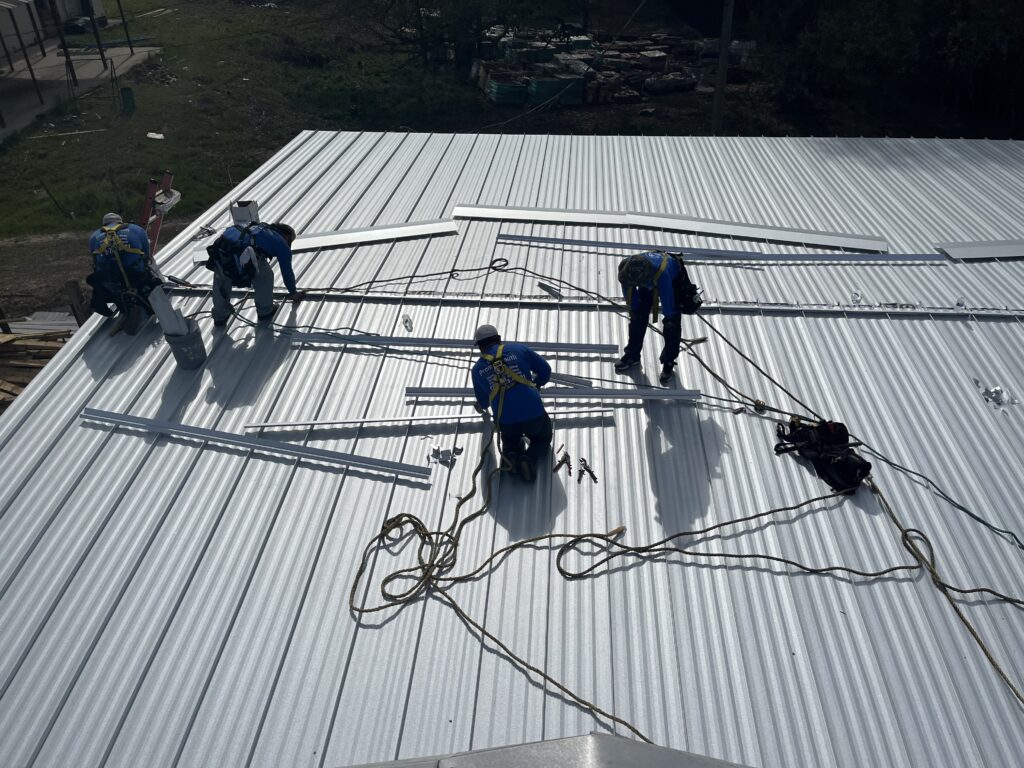
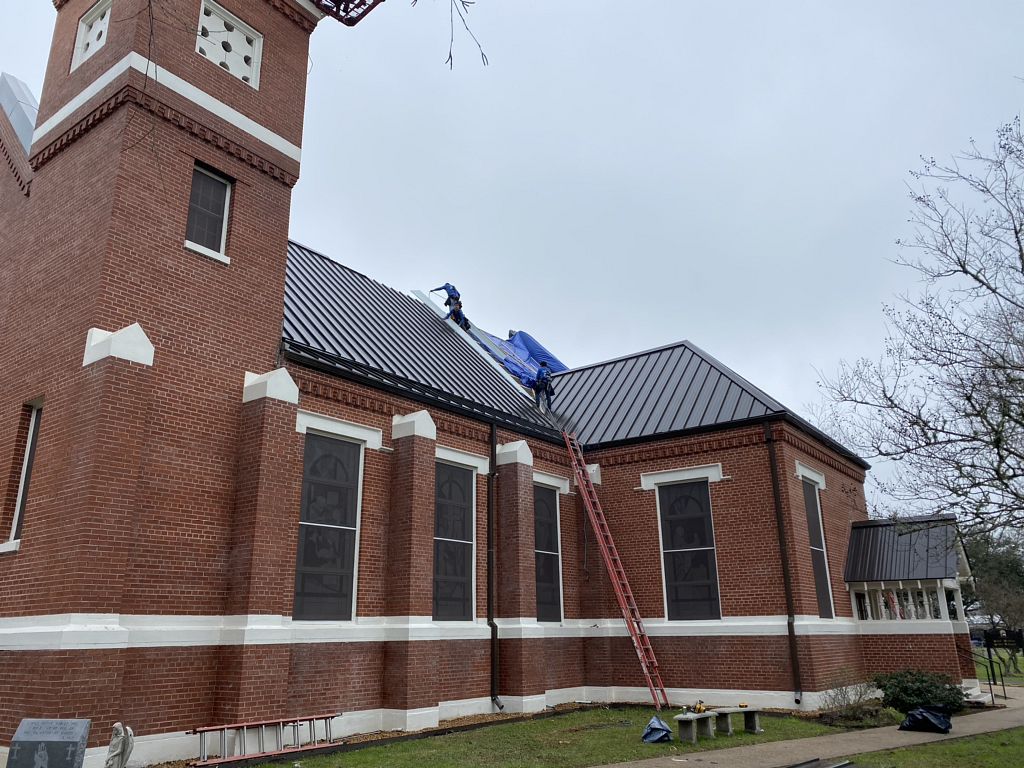
Our commercial division is committed to regularly inspecting your roof for any damage that will potentially lead to costly damage. With ongoing maintenance, you can truly maximize the life of your roof.
Read what our customers have to say.
Nail guns tend to push nails too far, compromising the integrity of shingles. This can cause tearing and slipping of the shingles and may also split decking. Read our article that showcases why we hand-nail.
Yes, we offer a few options for financing, including a local credit union where you can visit the branch or you can do everything digitally with a variety of lenders to meet your needs. Contact us and inquire about the many choices available. You can learn more about our financing options here.
FORTIFIED roofs are made with intent to withstand extreme weather conditions such as wind, hail, and rain damage. Overall, these roofs are stronger and more resilient than your usual conventional roof. A FORTIFIED roof must follow a specific set of construction standards using the recommendations of the IBHS (Insurance institute for Business & Home Safety). Read more about FORTIFIED roofing.
Once you request your free roof inspection, one of our team members will be in touch with you to schedule your appointment. From there, your Account Manager will detail the entire process with you.
Connect with our commercial roofing team to get started.